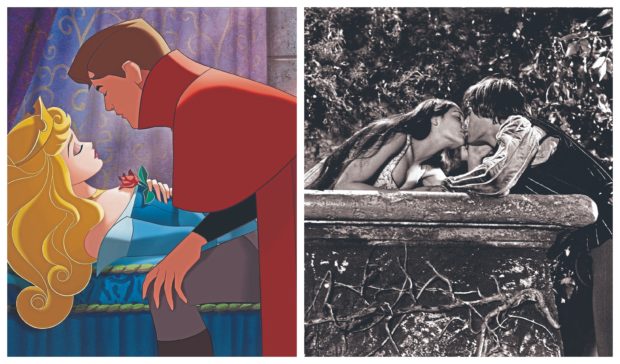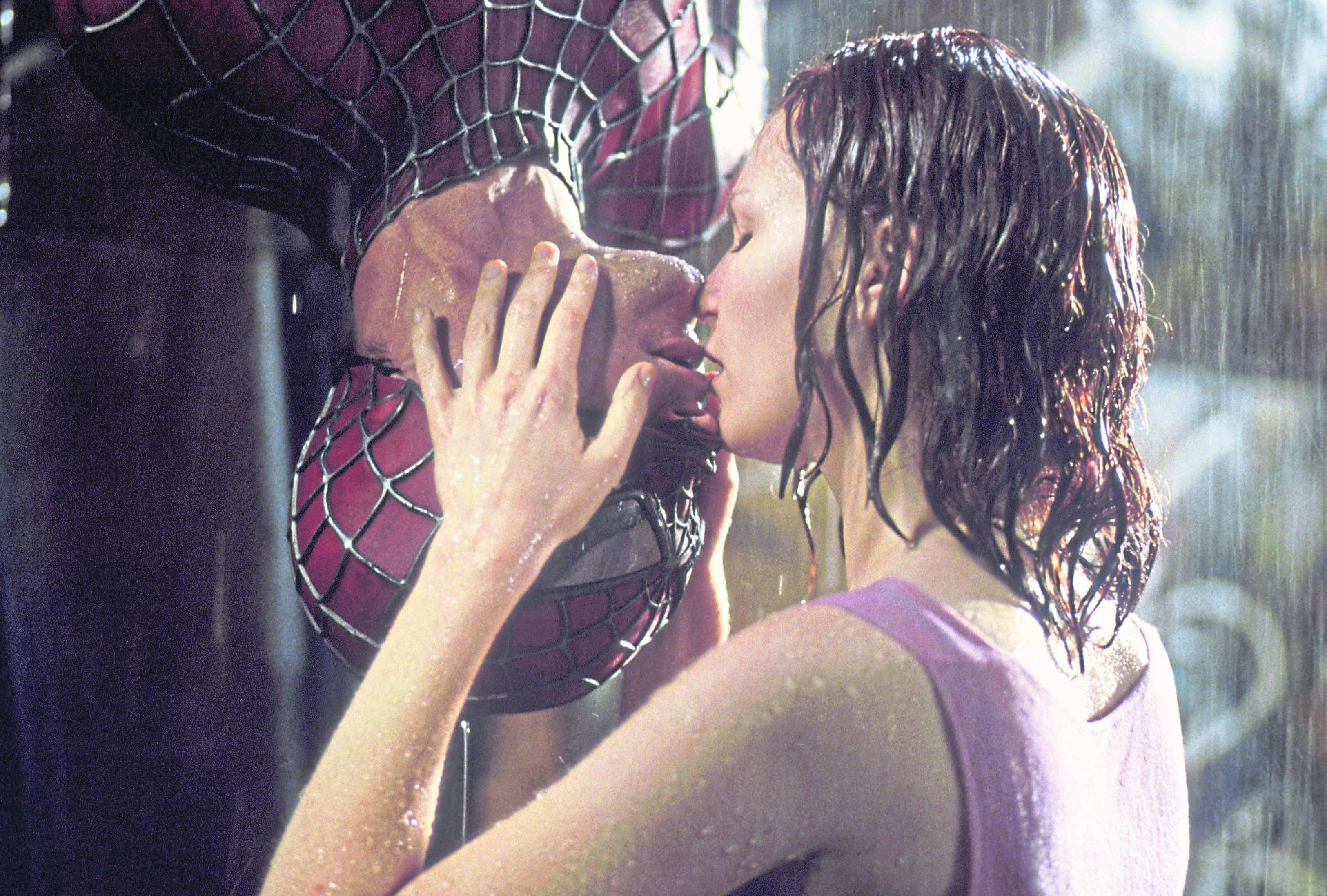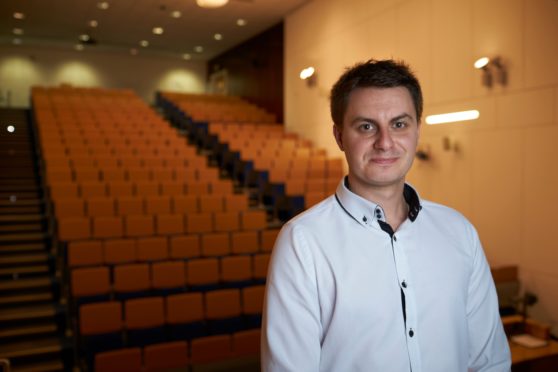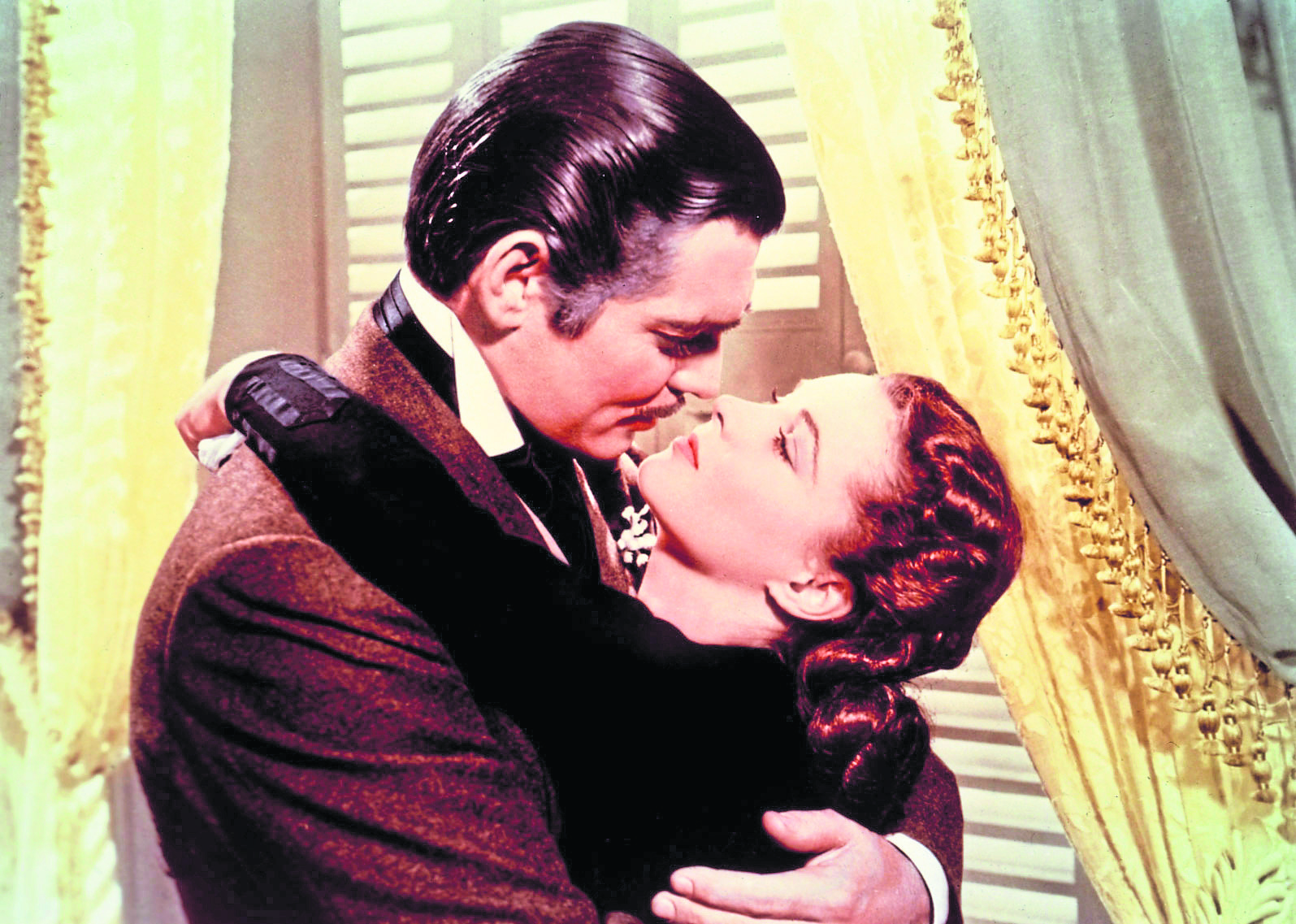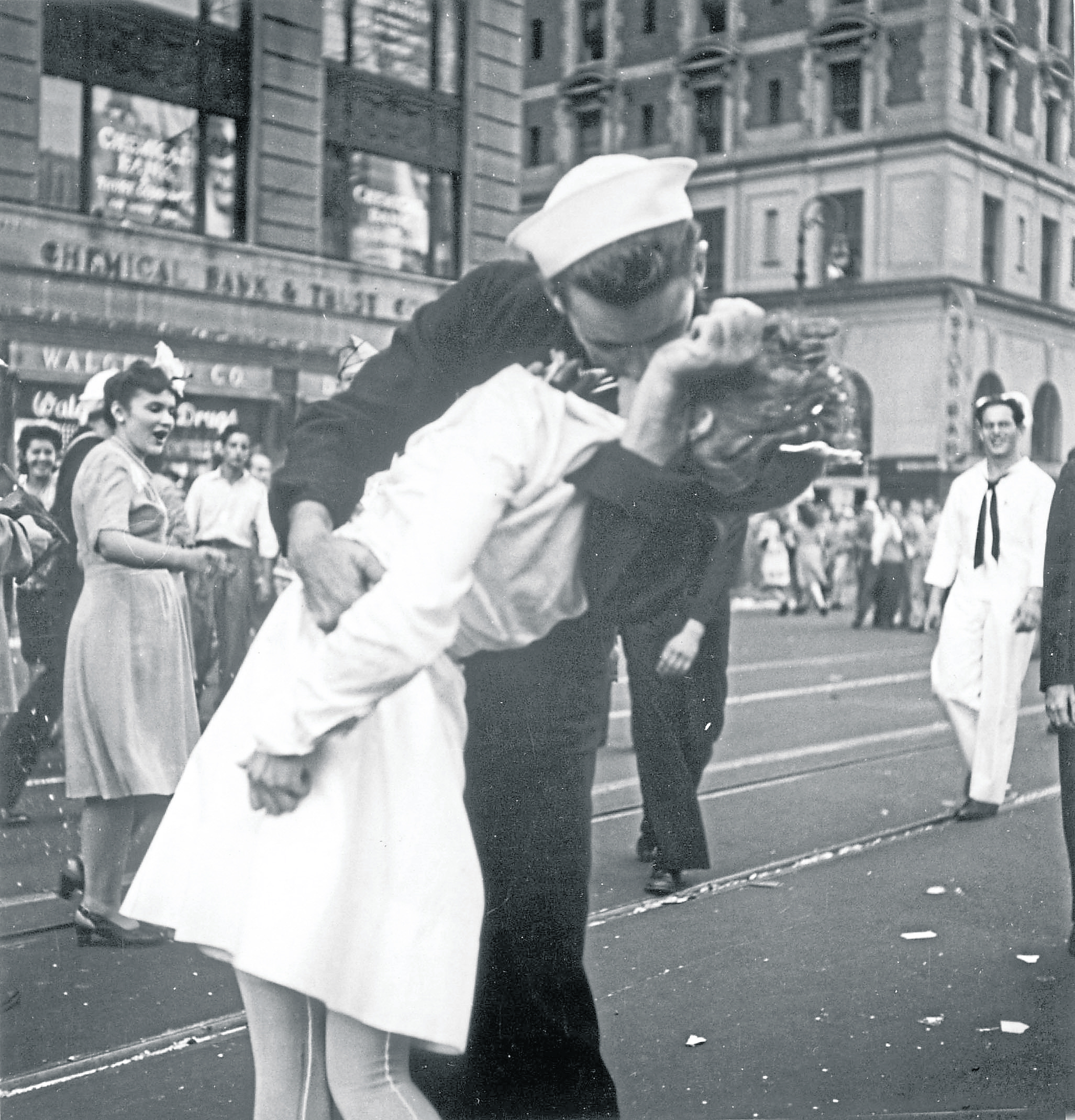How often people French kiss is linked in income inequality, according to a worldwide study by Dundee researchers.
The study involved 2,300 people from 13 countries spread across six continents found snogging goes up when equality goes down.
The university experts also sought to find out what makes a good kiss and found men and women varied in what they felt.
Those taking part in the study answered questions including how often they French kissed and how important they thought kissing was.
The results showed those who lived in less equal nations said they kissed their partner more often.
Lead researcher Dr Christopher Watkins, from Abertay University’s Division of Psychology, said: “The results of this research suggest that the environment we live in is related to differences in this particular form of romantic intimacy.
“French kissing has been shown by others to be related to the quality of a romantic relationship, and our data suggests that we do this more in environments where we have less to fall back on, where a gesture which shows commitment to a relationship would be of greater value.
“Another interesting factor is that, across the nations surveyed, kissing was considered more important at the established phase of a relationship compared to the initial stages of romantic attraction.”
The study found kissing consisted of two components, namely sensory factors like pleasantness of body odour and breath and secondly, technique, contact and arousal.
Women, on average, placed greater importance than men on sensory factors.
Dr Watkins added: “What’s particularly captivating about the data is that it compliments large-scale research in very remote cultures looking at the existence of romantic mouth-to-mouth kissing.
“Kissing isn’t always present in these cultures, and whether it is or is not is connected to status and income.
“Further work could examine regional differences in kissing and romantic intimacy or the importance of the senses in close interactions among couples using similar logic to the current research.”
To view the full study visit www.nature.com/articles/s41598-019-43267-7
